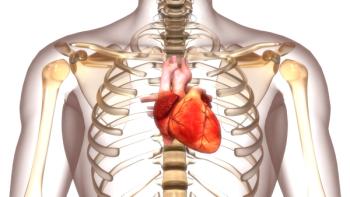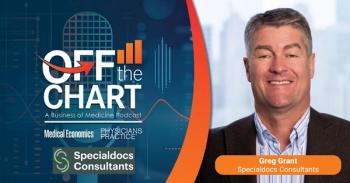
When it comes to biosimilars, physician offices are cheaper than hospital settings
Study shows that patients seeking treatment in hospital outpatient departments are paying substantially more for biosimilars than they would have at a physician’s office.
A report from the
The higher
“Competition in the evolving market suggests innovator biologics and biosimilars both are
Biosimilar markups in HOPDs averaged 87% in 2019, 101% in 2020, and 59%-141% in 2022. HOPDs were more likely than physician offices to use Neupogen, Herceptin, and Rituxan over their biosimilars. However, physician offices were more likely than HOPDs to use Remicade and Avastin. HOPDs and physician offices were about equally likely to use Neulasta and Epogen/Procrit.For all seven innovator biologics examined, allowed charges were higher in HOPDs than in physician offices.
“Our ongoing research findings continue to show that HOPD markups on physician-administered outpatient drugs result in costs that are, on average, twice as high as those in physician offices. This can significantly undermine the potential savings that could be achieved through biosimilar competition," said M. Christopher Roebuck, Ph.D., study co-author and founder & CEO of RxEconomics LLC, in a statement.
To view a report summary visit
Newsletter
Stay informed and empowered with Medical Economics enewsletter, delivering expert insights, financial strategies, practice management tips and technology trends — tailored for today’s physicians.








